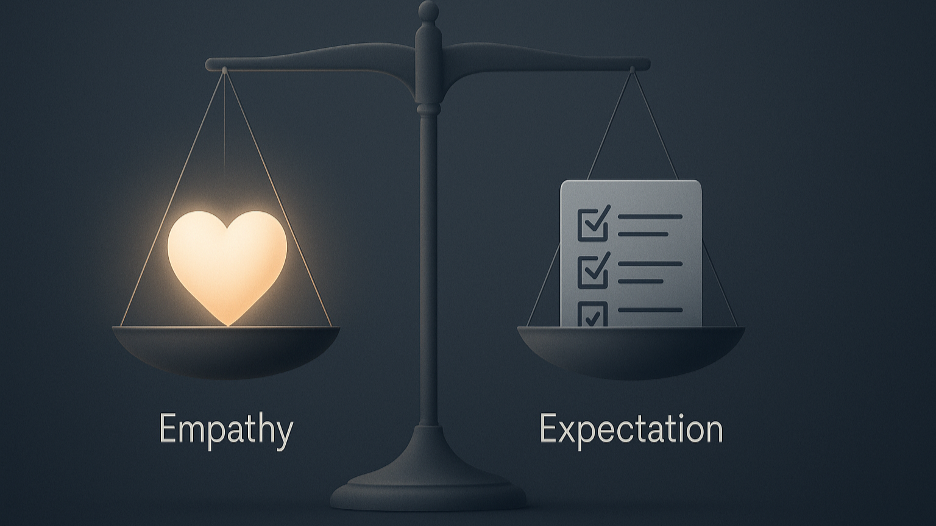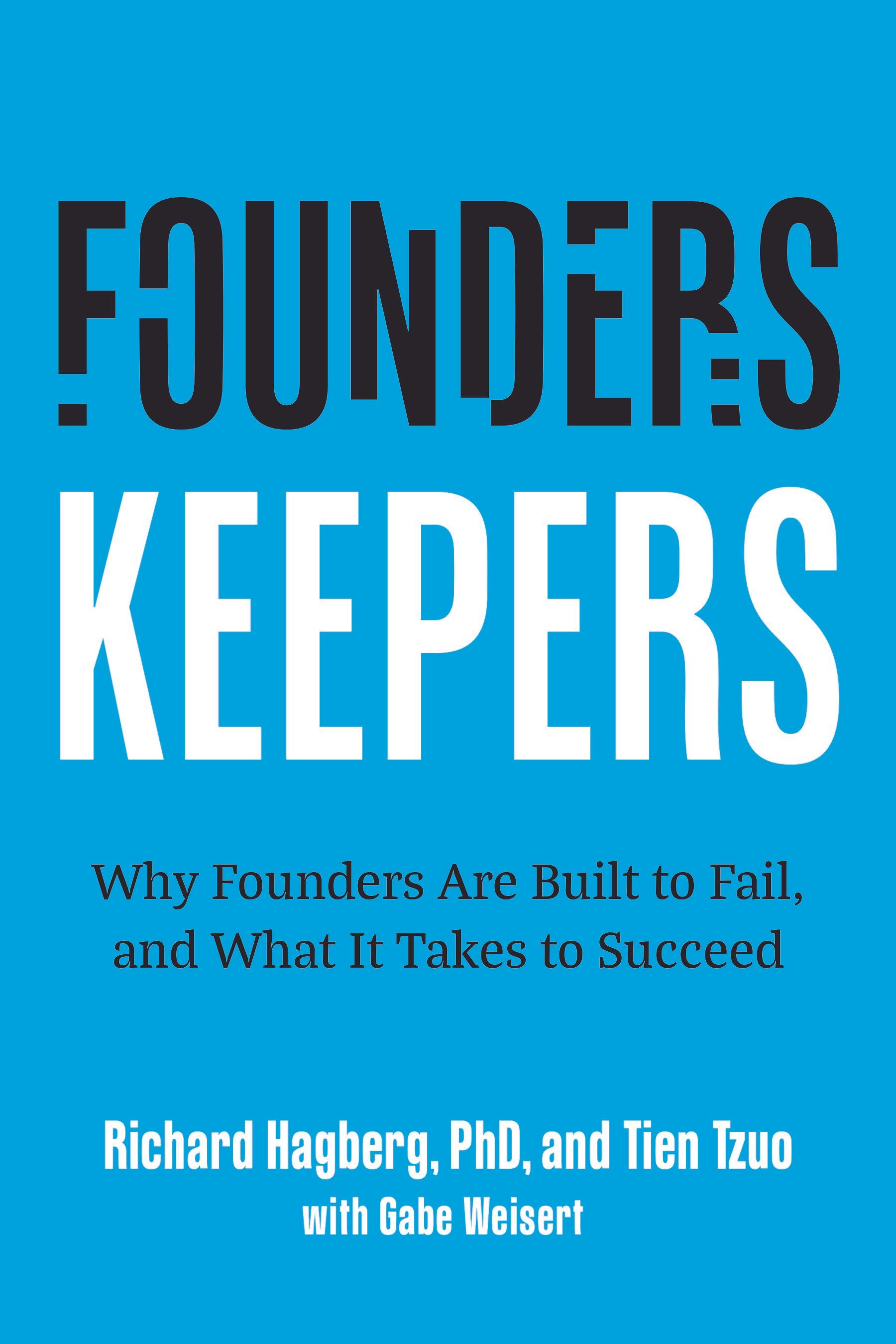Article
Ego-Driven vs Principle-Driven Leadership
Navigating the Highs and Lows: The Dual-Edged Sword of Ego-Driven Leadership

Ego-driven leaders
This type of leader often sees themselves as the architects of their own fates, solitary figures in the harsh world of business where competition is fierce and only the strong survive. They prize individual success and recognition above all else, their self-worth rooted deeply in personal triumphs. In their world, each decision is a step on the path to victory, which they walk with unwavering confidence. To them, leadership is less about marshalling the collective strength of a team and more about showcasing the force of their own unique vision. Their approach is characterized by a focus on the immediate, with a horizon that often doesn't extend beyond the next win, the next deal, the next acclaim.
This type of leader regards the people around them as instrumental to their own narrative, valuing them for what they can contribute to the next achievement. Relationships are often seen through a lens of self-interest, with an underlying expectation of personal gain. They make decisions unilaterally, trusting in their own judgment and instincts above the counsel of others. They are mavericks who challenge the status quo, sometimes at the expense of the greater good, bending rules when they feel it's necessary to reach their goals. To these leaders, success is not just the best measure of their worth; it is often the only one that matters. They push boundaries, and in doing so, they can either lead their ventures to new heights or to precarious edges.
- They view life as a competition where for them to win, others must lose.
- Their self-worth is tightly bound to winning and personal achievements.
- They prioritize their own interests and believe in their unique talents.
- Recognition of their abilities and contributions is essential for them.
- They have a strong sense of entitlement and predestination for leadership.
- Enjoyment of attention and a conviction in their own ideas characterize their self-image.
- They adopt a utilitarian view of success, willing to use any means to achieve goals, even if it involves manipulating others.
- The value of others is assessed based on their utility in achieving personal ambitions.
- They see relationships transactionally, ensuring personal gain.
- Self-assurance in their judgment leads to a preference for autocratic decision-making.
- They trust their intuition over others' input and feel they have a superior understanding of the “big picture.”
- They are willing to bend or break rules if it serves their vision of innovation and success.
- Ethical flexibility is rationalized if it leads to profitability or maintaining power.
- There’s a reluctance to admit fault, often attributing criticism to jealousy or misunderstanding.
- They have a short-term focus on immediate gains rather than long-term strategic planning.
- Societal norms or ethics may be disregarded if they conflict with personal goals.
The Consequences of Ego Driven Leadership
- Their resistance to criticism and feedback severely limits their capacity for learning and adaptation. By prioritizing their own ideas and dismissing others', they miss out on valuable insights that could steer the company away from potential pitfalls or toward innovative solutions. This closed-minded approach can hinder a startup's ability to pivot or adapt to market changes, a crucial aspect of scaling successfully
- Their transactional view of relationships undermines trust and loyalty within the team. Viewing interactions as mere exchanges diminishes the intrinsic motivation of team members and erodes the sense of community and belonging. As startups grow, the complexity and demands of managing a larger team require a cohesive, motivated workforce. Ego-driven leaders struggle to foster this environment, leading to high turnover rates and difficulty in attracting and retaining top talent.
- The overconfidence of ego-driven leaders in their abilities and judgment can lead to risky and impulsive decisions without adequate consideration of potential consequences. While risk-taking is a part of startup culture, unchecked ego can push a company toward unnecessary dangers. Scaling successfully requires balanced, data-informed risk-taking that ego-driven leaders might overlook in favor of bold, but ill-advised, moves.
- Ego-driven leaders' tendency to bend rules and ethical boundaries for short-term gains can pose significant reputational risks. Such behavior not only jeopardizes the company's standing with customers, investors, and regulatory bodies but can also lead to internal cultures that justify unethical actions. As startups scale, maintaining a strong ethical foundation becomes increasingly important for sustainable growth and avoiding legal and reputational pitfalls.
- Their focus on immediate results often comes at the expense of long-term planning and sustainability. Ego-driven leaders might prioritize quick wins to boost their image or satisfy short-term financial goals, neglecting the investments in infrastructure, culture, and strategy necessary for scaling. This shortsightedness can stunt a startup's growth trajectory and leave it ill-prepared for future challenges.
- Lastly, the need for control that characterizes ego-driven leadership impedes their ability to delegate effectively and empower team members. Scaling a startup requires distributing responsibilities and trusting others to make decisions. Ego-driven leaders struggle with this aspect of growth, often becoming bottlenecks for decision-making and innovation, which can slow down the organization and demotivate talented employees
Principle-Centered Leadership
Leaders who exhibit emotional maturity and responsibility steer their teams with a clear sense of purpose, guided by the ethos of service and community impact rather than personal glory. They recognize their role as an opportunity to uplift and empower, measuring triumph not in the echo of their accolades but in the progress and well-being of their collective. They understand that a variety of perspectives fuels smarter strategies and true innovation, and they champion a collaborative approach that harnesses the collective strength of their team.
At the heart of their leadership style is a commitment to trust and respect, essential ingredients in cultivating an environment where open communication and innovation can thrive. These leaders are adept in emotional intelligence, balancing empathy with self-awareness, and adjusting seamlessly to change. Their decisions are anchored in integrity, serving as a living example to their teams. With a gaze set on the long-term horizon, they emphasize sustainable practices and resilience, knowing that meaningful success is not a sprint but a marathon. By investing in their people, they're not just building a team; they're nurturing an ecosystem where every member can flourish.
- They view leadership as a duty to serve rather than a right to command.
- They measure success by the positive impact on the team and community.
- They prioritize serving others and contributing to the greater good.
- They value diverse perspectives and encourage every voice to be heard.
- They emphasize collaboration and shared leadership for collective success.
- They practice and model integrity and transparency.
- They create a safe space for innovation and honest feedback.
- They celebrate collective achievements to motivate and unite the team.
- They believe in the interconnection of the team's and organization's welfare.
- They utilize emotional intelligence for empathetic and effective leadership.
- They commit to personal growth and adaptability based on continual feedback.
- They uphold ethics and integrity as foundations for all decisions.
- They focus on sustainable success with a long-term perspective.
- They invest in building strong relationships and a cohesive team.
- They maintain resilience and positivity in the face of challenges.
16. They encourage work-life balance for team health and sustained performance.
Discover the transformative power of Dr. Rich Hagberg's leadership coaching, rooted in data-driven analysis. With decades of experience, Dr. Hagberg excels in enhancing self-awareness, balancing strengths and weaknesses, and fostering effective decision-making. His tailored approach helps founders build strong teams and navigate growth challenges seamlessly. Ready to elevate your leadership skills and drive your startup to success?
Learn more about Dr. Rich Hagberg's coaching services or contact him today to start your journey.
share this
Related Articles
Related Articles





